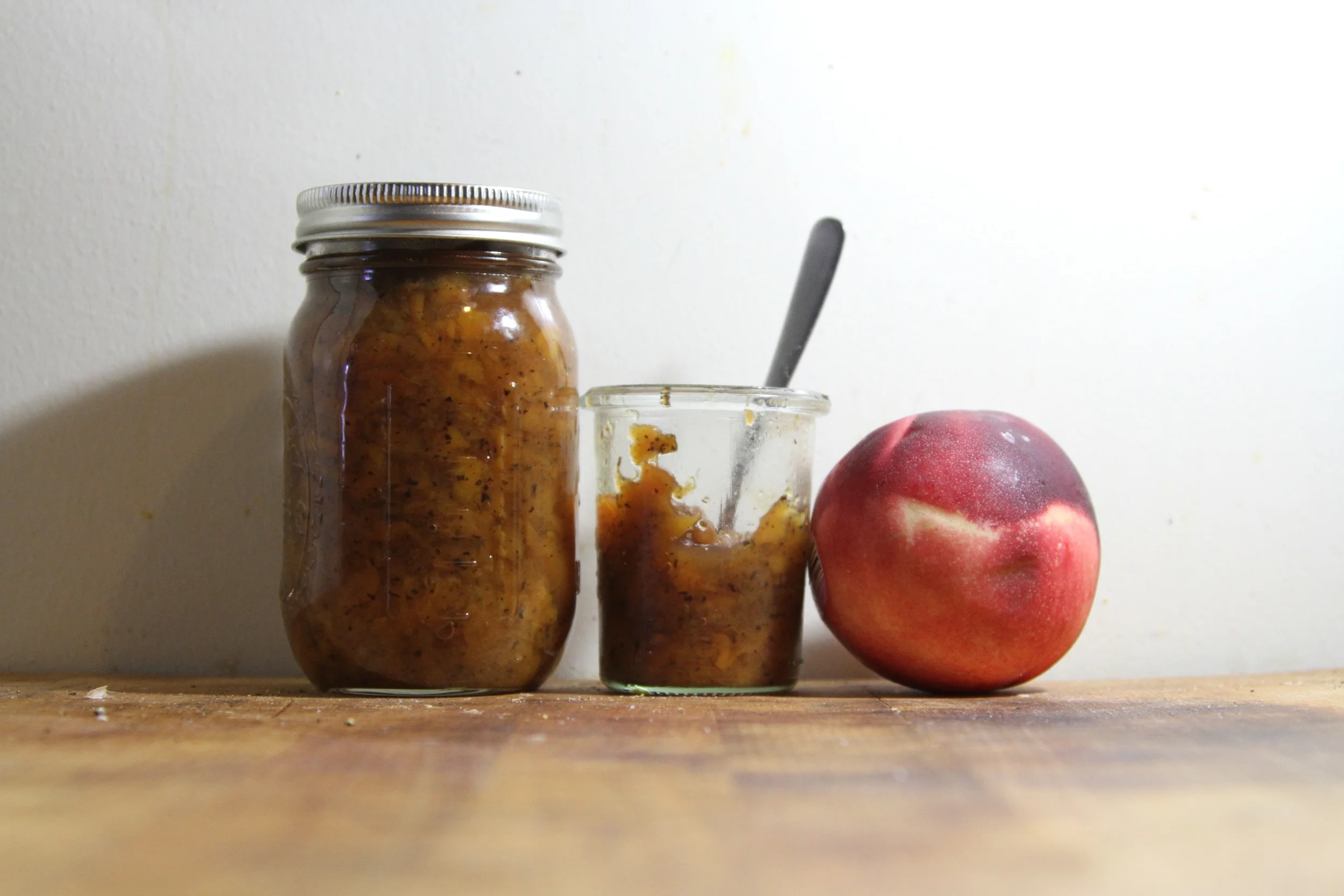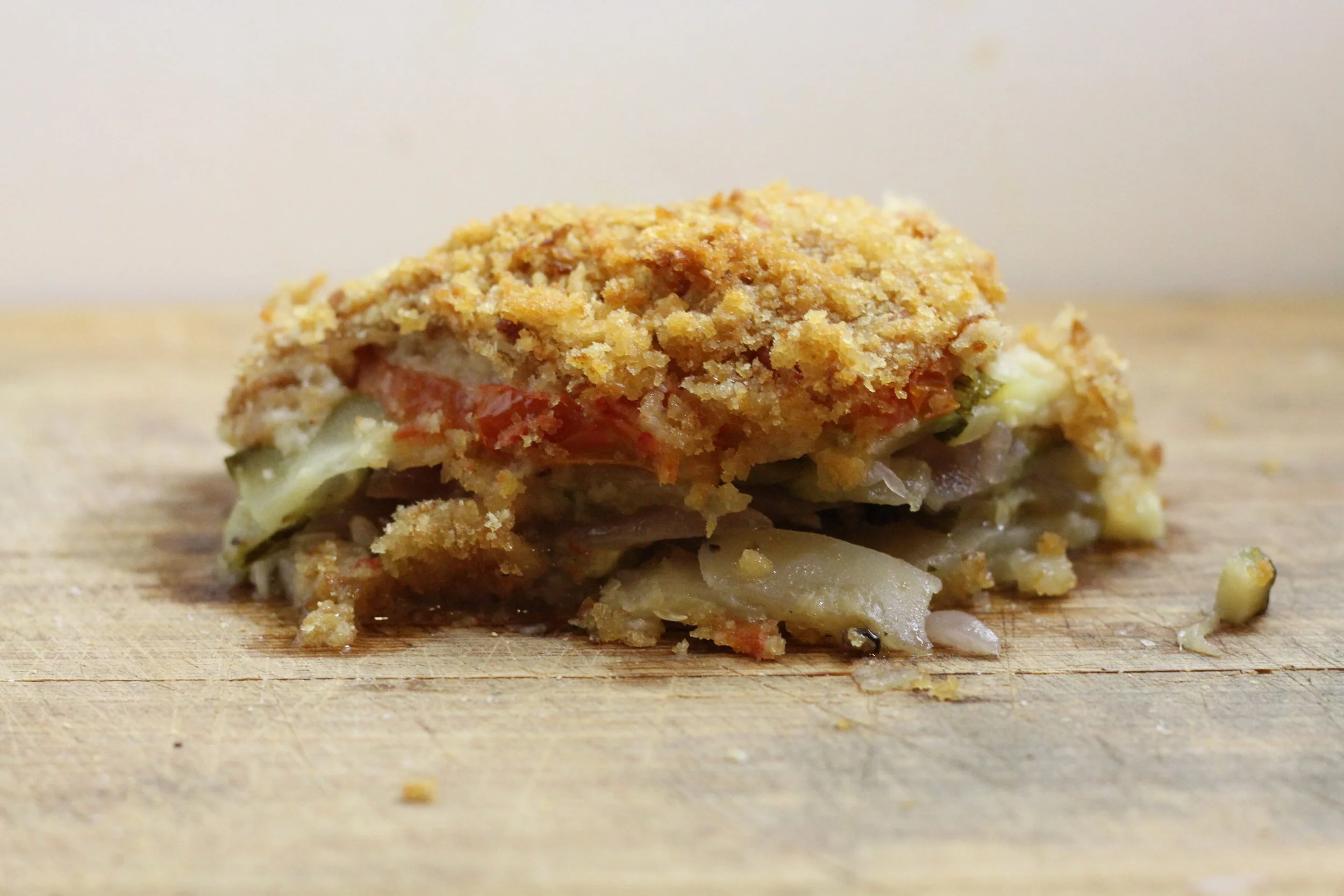Home Cooking, by Laurie Colwin
Deep Cuts are appreciations of older favorites.
Almost 30 years after Home Cooking was published, and 22 after her untimely death, Laurie Colwin’s food writing remains popular, even for generations of readers too young to know her work when she was publishing. I can’t remember how I came to hear of Alone in the Kitchen With an Eggplant, a collection edited by Jenni Ferrari-Adler, but it was the first food writing I had ever read that came to me from a page of paper, not the internet. Colwin’s eponymous essay in the book is funny and charming, but it also speaks so clearly of living in New York City at this perfect intersection of both an interesting historical time (the West Village in the 60’s and 70’s) and an interesting time in one’s life (living on her own, maybe for the first time, learning to cook in a studio so small it didn’t have a kitchen sink). I bought Home Cooking and More Home Cooking immediately.
As a career girl in the city – eventually with a marriage, child, and friends, so many friends mentioned in her books – Colwin gets the tedium and difficulty of feeding yourself and a family day in, day out, with healthy and nourishing meals that everyone wants to eat. Now in the age of Pinterest, food blogs, and Shakeology, it’s harder than ever to feel like you’re navigating all of the food bullshit and all of the issues it brings up (body, mental, feminist, money, accessibility…) I’m exhausted already. But Colwin understands, and she has some ideas on how to make it all easier, and she relays them in the funny, inviting, and sharp prose of her novels, and this is why people like her.
Mustard Baked Chicken
But does the food hold up? And does it matter?
I would argue that it does matter, because if all you want is her unique voice, she’s written a number of novels you can read instead (and they’re good! Read them anyway!) But you’re reading her books about cooking because you have at least a passing interest in food, and if the food no longer holds up its end of the bargain, the essays become merely historical. Historical accounts of what people cooked and ate and shopped for can be interesting but detached – but this food is still relevant, and because of that these books are alive.
The recipes really are good, provided you don’t mind a bit of updating. In some cases you can cut down on the spices (most recipes no longer need her signature sprinkle of paprika), while others are more of a plain template calling out for bolder flavors (I tweaked a carrot pudding to add the toasted spices from my favorite Moroccan carrot salad, and what I thought would be a throwaway side dish became a star). Coating whole chickens with breadcrumbs seemed extravagant for a weeknight dinner, but using her method on smaller chicken thighs worked well with a minimum of time and effort. Others, like the Nantucket Cranberry Pie, are perfect as they are – it’s still more of a cake than a pie but easy and delicious nonetheless.
But overall what really struck me that the contemporary food and cooking scene seems to have bent to her will, and not vice versa. It didn’t hurt that I read these books while eating dinner on my own bed in my own tiny studio in NYC (albeit Brooklyn), but the themes she comes back to read like a catalogue of popular contemporary blogs and books. Baking bread with esoteric flours, ‘mail ordering’ ingredients you can’t find in the local supermarket, jamming/picking/preserving, deliberating over buying organic versus conventional – either we haven’t come very far in 25 years or, she was way ahead of her time. I suspect it’s the former. And I really wonder what she would make of Whole Foods.
make this one thing:
Nantucket Cranberry Pie
1. Chop enough [fresh] cranberries to make 2 cups and enough walnuts to make ½ cup.
2. In the bottom of a 10-inch pie plate or springform pan, place chopped cranberries, chopped walnuts, and ½ cup sugar.
3. Mix 2 eggs, ¾ cup melted butter, 1 cup sugar, 1 cup flour, and 1 teaspoon almond extract. Stir till smooth. [at this stage you may be nervous. The consistency seems off, the ratios are atypical for a cake. It's okay, it will work.]
4. Pour over cranberry walnut mixture and bake for 40 minutes at 350 F.







